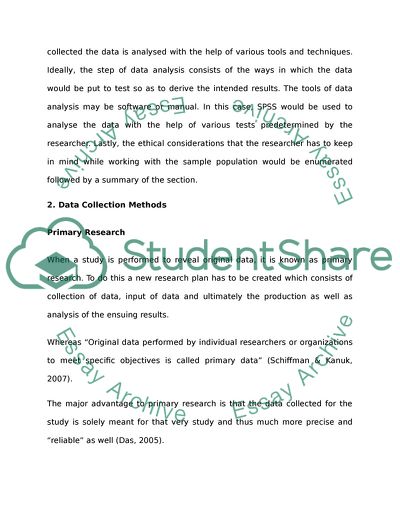Cite this document
(The Instrument of Data Collection Research Paper, n.d.)
The Instrument of Data Collection Research Paper. Retrieved from https://studentshare.org/human-resources/1771067-review-of-literature-on-methodology-for-a-research-project
The Instrument of Data Collection Research Paper. Retrieved from https://studentshare.org/human-resources/1771067-review-of-literature-on-methodology-for-a-research-project
(The Instrument of Data Collection Research Paper)
The Instrument of Data Collection Research Paper. https://studentshare.org/human-resources/1771067-review-of-literature-on-methodology-for-a-research-project.
The Instrument of Data Collection Research Paper. https://studentshare.org/human-resources/1771067-review-of-literature-on-methodology-for-a-research-project.
“The Instrument of Data Collection Research Paper”. https://studentshare.org/human-resources/1771067-review-of-literature-on-methodology-for-a-research-project.


